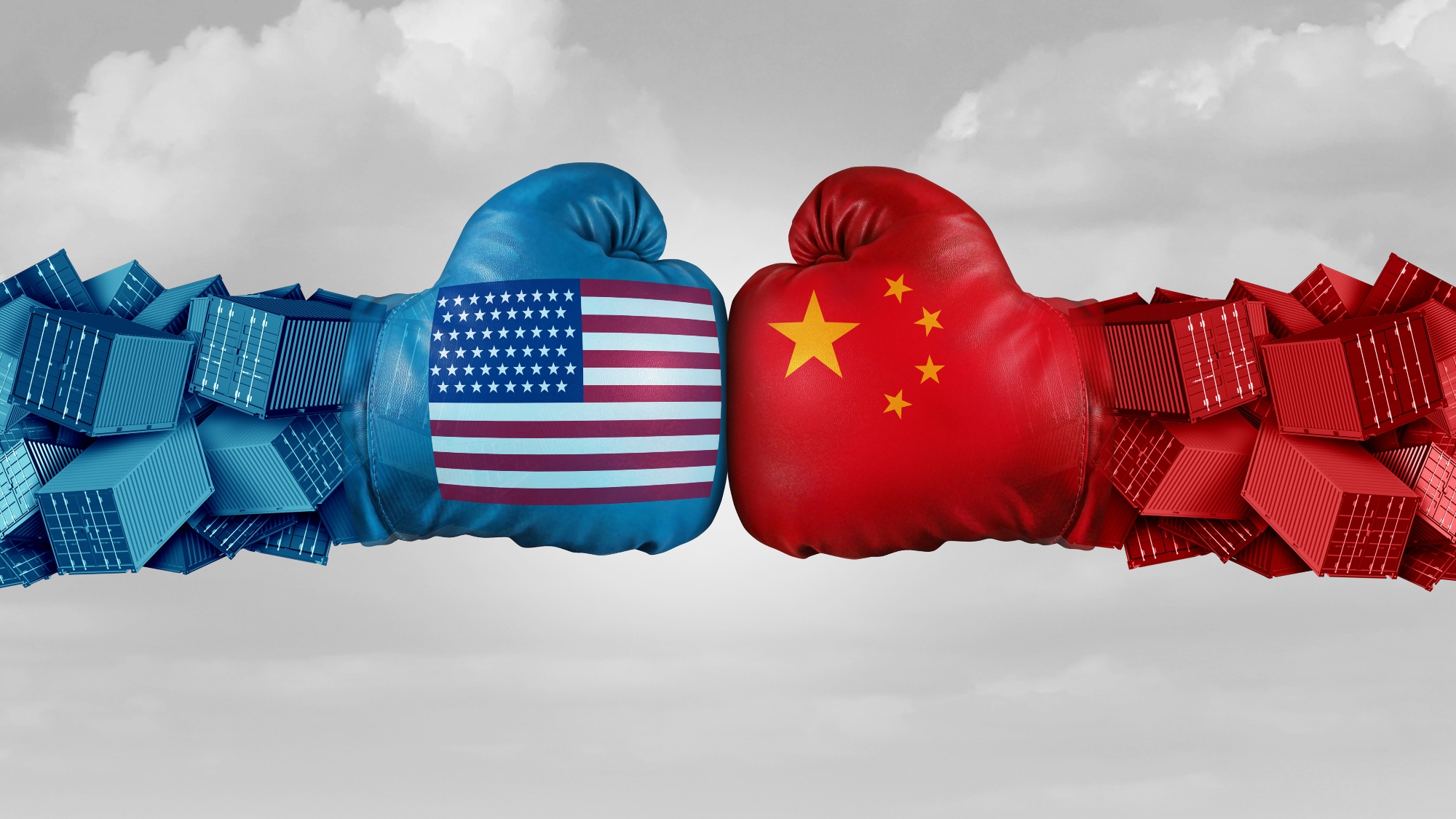Lean Implementation Is Tough!
Lean Business Solutions publishes free e-newsletter discussing applications of lean thinking in the workplace. Recently a reader by the name of Marty Laurent who has a lot of experience in lean manufacturing related a process capability story from his manufacturing leadership experience. His experience in implementing a pull system at Lordstown Metal Center identifies some key challenges in implementing lean supply chain solutions. He notes that change management is particularly difficult: “When something goes wrong and you take on the blame yourself, you also put yourself in the position to solve the problem. Creating a lean cell in a traditional plant is bound to fail, no matter who is willing to take the blame. There is a natural reaction to change – something appears funny and we revert to what we know. This is normal and a good thing, really; it is part of our survival mechanism. The only way to overcome this reaction is for management to “burn the boats”, so that retreat is not possible.”
Let me explain by explaining Lordstown and the underbody process. We provided completed underbodies to Lordstown assembly. We built the underbodies one at a time in response to use at the assembly plant. Our process started with building the rails for the engine compartment, then building up the compartment, the floor pan, and the rear pan. The three parts were married, tacked together, and sent down a respot line for final assembly. There were more than 30 steps in series – and no buffers. In addition, the engineers who designed our process designed it to have an out put of 80 per hour (to feed an assembly plant rated at 75 per hour). The engineers who designed the assembly plant process, however, had the process which accepted underbodies and started framing designed for 100 per hour.
Chaos reigned! When they went through start up problems, our buffer (there was a buffer of finished underbodies on the conveyor between the plants) filled quickly and we stopped and waited. Or as was more frequently the case, we didn’t quite fill the buffer, their downstream problem was solved and they started pulling at 100 per hour, ran us dry, quit early, and went home. These are just the problems that started on their side of the trestle (the name of the conveyor between the plants) that caused shut down. If any of our cells went down, and they all did, we starved the system, since there were no buffers.
The solution to this was simple, add buffers. It took nearly 18 months, but, when they were added the system finally ran. Being lean should not be confused with being brave or being stupid. Having a buffer that is less than the variation that is going to come from the process you have is fool hardy. It resulted in our building fewer J cars than we could have sold for a year and a half.
Now, to our pull system. We did not change a cell, we changed the whole plant. We did this over a fairly short transition time, but, we did have a transition. It happened like this.
One day I put the shipping department in charge of the production meeting. This made the scheduling department extremely angry, but, they had to learn to live with it. We started talking daily about what they needed to ship, not what we thought we needed to build. At that time our shipping performance was lousy. Within a short period, maybe two or three weeks, our shipping performance was very good and people were becoming accustomed to looking at the shipping dock to see what we needed to build.
The plant had been well organized and no matter what part of the plant you worked in, you could see from the stacks of finished goods you built what you were going to be building during that shift. We made some minor changes to our finished goods buffer during this time, but, although we still had a schedule which told us what to do, more and more, day by day we over rode what the schedule said and did what the buffers said.
Our shipping performance became perfect. The violent changes caused by the schedule (which allowed overproduction) stopped. People quit carrying a schedule; they never used it. The scheduler became my most zealous teacher of lean. One day someone noted that we were not using the schedule anymore, why were we printing it. We stopped. In truth, we still had a couple of people involved with the schedule, they would talk to people about some plant taking a down week, so we would know, but, it really didn’t make any difference.
We were able to do with the pull system what we were not able to do with the underbody. We ran it with the schedule, so that our security blanket was there (I laugh as I write that, the plant had operated for 20 years when I arrived, the Fisher Body scheduling system had never kept them on schedule, despite huge buffers, it didn’t work, couldn’t work, and wasn’t going to work – but it was what we knew, so we liked it). During our transition period, we knew we had buffers that would sustain us. We knew the new system would work and we switched.
A big part of the success was due to something I had not considered when I started the change. Putting shipping in charge of production changed the informal power structure and communication channels in the plant. Prior to the change when the plan we established in the production meeting went to hell for some reason, people would call the scheduler to see what to do – they would get an answer. After the change they called the shipper and got a different answer. The shipper was new to receiving these calls and so he communicated with many people to find the best answer, our response to problems became more coordinated (for instance, if he had to load a truck that afternoon, he called enough people to get maintenance to fix the problem so, that we could make the truck – the scheduler would have given production the next hot job and we would have missed the truck).
This improved communication came from the fact that all of these people wanted to do a good job, but, they needed a new model to be able to do that good job. They were stuck in the old paradigm and used to blaming each other for bad performance. Lean gave them a way to be successful together.
- Categories:


